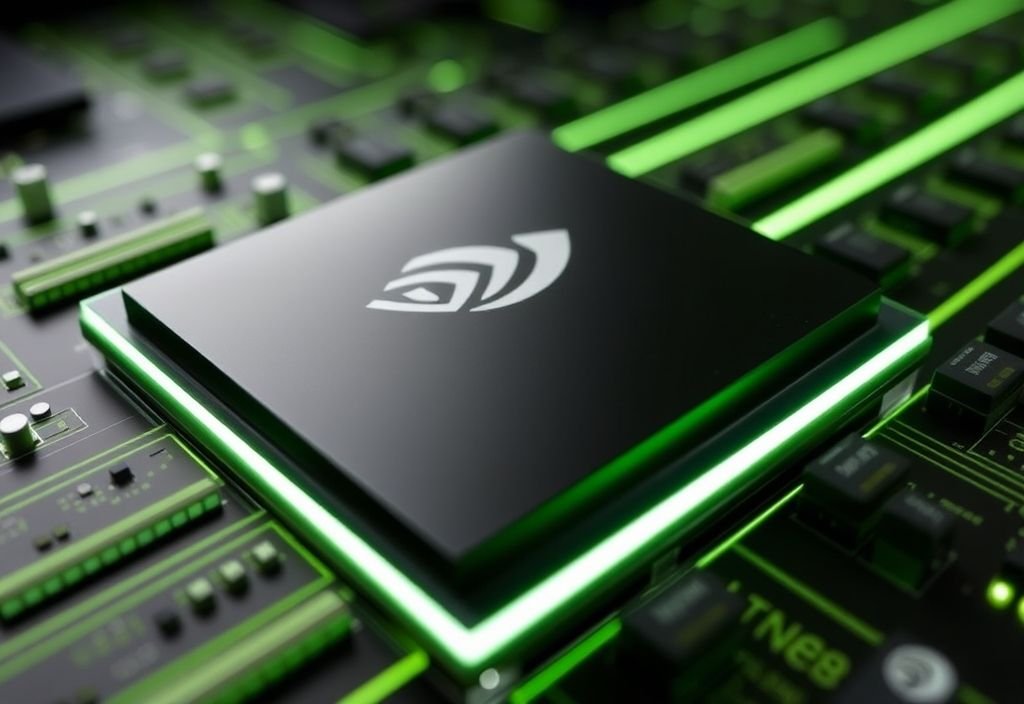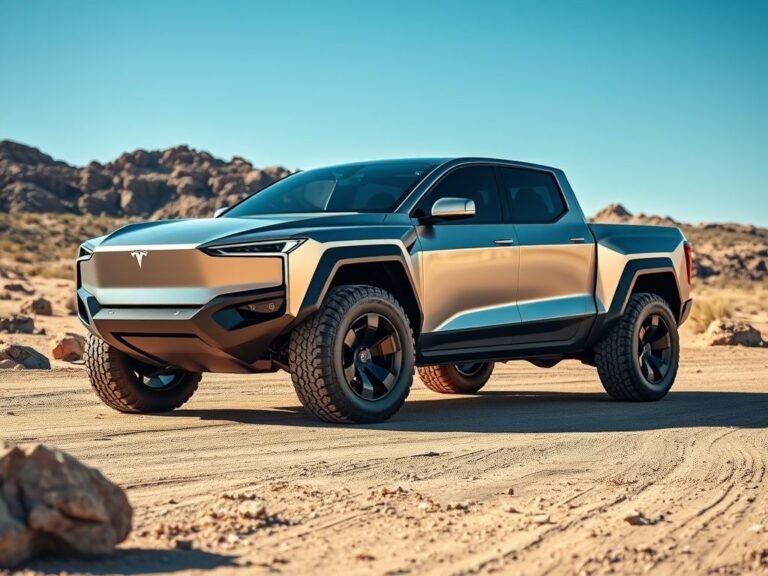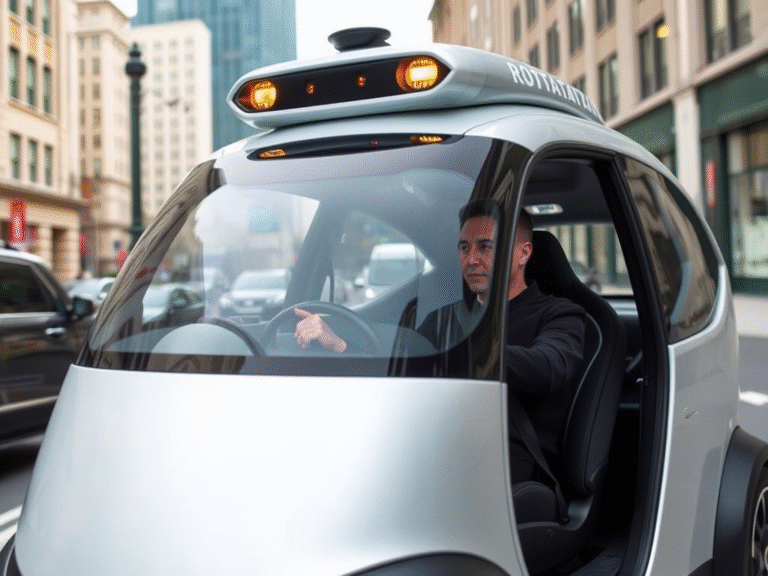
New Nvidia chip for China avoids Hopper branding and U.S. export limits
With U.S. export restrictions continuing to limit access to high-end AI chips for Chinese customers, Nvidia finds itself walking a tightrope between compliance and market survival. Despite designing the China-specific Hopper H20 chip to comply with earlier regulations, the Trump administration has now mandated that even this downgraded version requires an export license — a move that threatens to cut off one of Nvidia’s most lucrative markets.
CEO Jensen Huang confirmed that the company is no longer modifying the H20 chip, stating, “It’s not Hopper because it’s not possible to modify Hopper anymore.” This follows a prior ban on exporting the more powerful H800 chip to China.
Despite these challenges, demand for AI hardware in China remains strong. To maintain its foothold, Nvidia may be developing a new, less powerful variant — possibly based on its Blackwell architecture.
China accounts for around 13% of Nvidia’s revenue , or roughly $17 billion annually , making it a critical market. In response to tightening regulations, Huang recently visited China to strengthen ties with local partners, and the company plans to open an R&D center in Shanghai.
Huang also addressed rumors of AI chips being smuggled into China, dismissing the idea: “These are massive systems. The Grace Blackwell system is nearly two tons — you’re not putting that in your backpack.”
The situation shifted again when the U.S. Department of Commerce reversed the Biden-era AI Diffusion Rule after Nvidia secured a major deal with Saudi Arabia to supply Blackwell chips following Trump’s recent Middle East visit.





